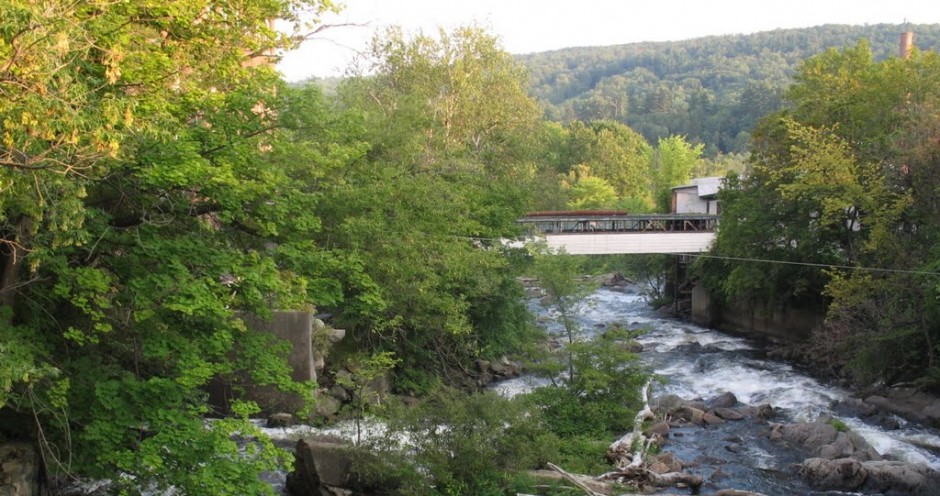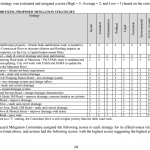The Mascoma Lake Dam goes through seasonal changes that have the potential to cause harm. These changes must be constantly monitored in the event that the different parameters are out of balance. These patterns include:
Temperature
Precipitation
Mascoma Lake Stage (Lake Elevation)
Mascoma River Stage/ Flow
With the change of seasons comes a natural change within these different parameters. In order to avoid risk, those in charge of the dam must understand these seasonal patterns. Full recreational water levels are allowed during the summer. This allows for greater activity at this time. After Columbus Day, using the dam’s floodgates, the lake levels reach a drawdown of 3 ft bellow full pond (4.0 on the gage). With the coming of spring, the lake is refilled until it reaches the full summer levels.
Apart from seasonal changes, there are probabilistic forecasts dedicated to evaluate the weekly chances of exceeding river stages. These weekly forecasts are published by the Northeast River Forecast Center for most if not all rivers in the Northeast area. Each river has its own forecast dependent on weekly environmental and climatic changes. To see an example of the Connecticut River’s forecast press the link here.
Grafton Hydropower could also donate money to support the removal of dams on other stretches of the Mascoma River, a mitigation strategy that could help offset some of the impact by a new dam and help improve habitat elsewhere along the river.
For additional information about the impacts of dams on rivers and the importance of removing dams, please see: Science of Dam Removal.




